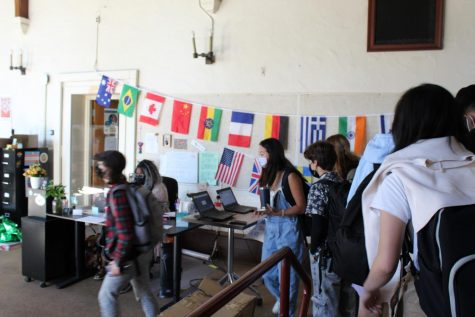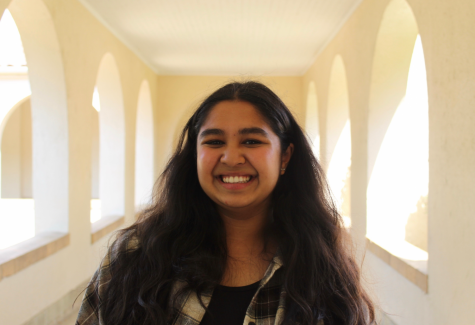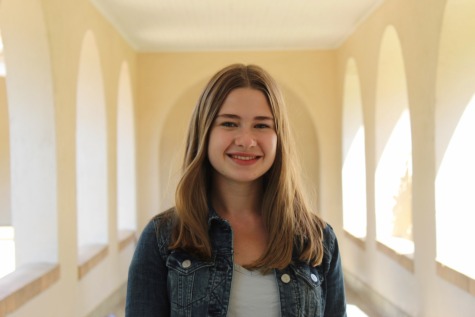District faces counselor shortage while prioritizing mental health
September 30, 2021
After announcing plans to prioritize mental health in the 2021-22 PAUSD Promise, the Palo Alto Unified School District is implementing improved mental health resources and procedures while balancing difficulties staffing counselor and therapist positions across sites.
The PAUSD Promise outlines the district’s goals for the coming year, including improving mental health, early literacy, and equity. According to the document, strategies that the district is currently using to improve mental health include developing a mental health screener for schools, exploring staff wellness programs, and monitoring students’ homework load. PAUSD Mental Health and Wellness Specialist Genavae Dixon said the district is implementing a variety of systems through a tiered, piloted approach at individual school sites.

“At both high schools, wellness surveys will be conducted mid-October to get a pulse and baseline understanding of how students are currently presenting after returning to school,” Dixon stated in a message to The Paly Voice. “Students who request or need individualized check-ins after the survey is administered will be seen by their Advisory TAs [teacher advisors], SELF Mentors, school counselors, or Wellness Center staff, depending on the need.”
PAUSD board member Jesse Ladomirak said the district is struggling to find enough counselors and therapists to make support easily accessible across school sites due to nationwide staff shortages from COVID-19.
“We’ve done a really good job, I think, over the last few years in our district of breaking down those barriers, making the Wellness Centers more accessible, making them so there’s not such a stigma of walking in there,” Ladomirak said. “But now, what’s happening is students are walking in and they can’t get help. They’re there, they’re doing it, they’re having the courage to walk in, and they’re getting put on a waitlist.”
According to Ladomirak, PAUSD is working to address the limited access to wellness services by exploring options like group counseling sessions. With limited wellness staff members, Dixon said the district also maintains relationships with local community support agencies, many of which were featured at the recent school Wellness Fair.
“Mental health fairs were conducted at both high school sites to increase our community partnerships,” Dixon stated. “These fairs also reduce stigma around mental health by bringing awareness and connection to organizations in our area who can provide direct support to students and families.”
However, even with progress within schools, Ladomirak said mental health must be addressed beyond the boundaries of the district and within the broader community.
“We are all living in a community that is very high achieving [and] that puts a great deal of emphasis on sort of traditional, narrow definitions of success,” Ladomirak said. “There is definitely work we can do at all different levels of the district — district level, site level, classroom level — to counter that narrative, but a lot of that narrative is coming from outside our schools and in fact making its way into our schools, despite what the district is trying to do to keep it out.”
In order to address this disconnect, Ladomirak said the district is taking steps like offering parent education sessions hosted by the Parent Teacher Student Association, which help parents to understand how they can best support their students’ mental health given the competitive Palo Alto culture.
“People talk big-picture about mental health being so important, and then when we’re talking about specific instances, choices that are being made are not necessarily forwarding the value of mental health,” Ladomirak said. “Parents, I think, undervalue what seems like casual comments can really cut to the quick for kids, and [we are] sort of helping parents understand how to balance your own fears and desires and anxieties for your kids.”
Ladomirak said she hopes to work with the broader community to address mental health as the district continues to explore strategies within schools.
“I’m really interested in how we take this conversation beyond our schools and really talk as a community about what the limits of schools are on being able to address this problem,” Ladomirak said. “I think there’s a lot more we can do if we really have a partnership with the community.”
Students are somewhat encouraged by PAUSD’s focus on mental health. Eva Salvatierra, president of the Paly Bring Change to Mind club, said that despite her excitement about PAUSD fixating more on mental health at school, there is still much progress to be made.
“From a high schooler’s perspective – especially as a senior – there is a glaring disparity between what the district intends to prioritize and how everyday at Paly feels,” Salvatierra stated in a message to The Paly Voice. “I would like to feel as though this PAUSD promise is progress, but on an anecdotal basis, I know myself and many of my peers have been colossally overwhelmed this semester. However, I still think our Wellness Center and school counselors have made a great effort to cultivate a safe place on campus and to provide mental health resources for students.”
According to Salvatierra, one of the ways that the gap between the district and student’s views on mental health can be combatted is by giving students a chance to confront the stigma and see that they’re not alone.
“I would like PAUSD to acknowledge not only the importance of mental health in our community, but to also address the stigma surrounding the topic of mental illness, which keeps a large number of students and staff struggling in silence,” Salvatierra said.



